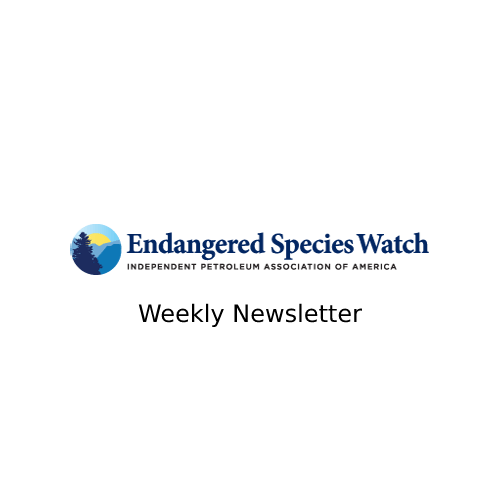
Key Topicsesaadm2017-04-04T11:31:11+00:00
 Undersection 7(a)(2) of the ESA, federal agencies must “consult” with FWS (or NMFS) to “insure” that the activities they are proposing to “authorize, fund, or carry out” will not be likely to “jeopardize the continued existence of any endangered species or any threatened species or result in the destruction or adverse modification of [critical] habitat of such species.” At the conclusion of a consultation, FWS(or NMFS) will provide the action agency a Biological Opinion (BiOp) in which it will state whether any such effects are likely to occur. If they are, then the BiOp will sometimes be referred to as a Jeopardy Opinion; if they are not, then the BiOp will sometimes be referred to as a No Jeopardy Opinion. Read IPAA’s ESA Fact Sheet to learn more.
Undersection 7(a)(2) of the ESA, federal agencies must “consult” with FWS (or NMFS) to “insure” that the activities they are proposing to “authorize, fund, or carry out” will not be likely to “jeopardize the continued existence of any endangered species or any threatened species or result in the destruction or adverse modification of [critical] habitat of such species.” At the conclusion of a consultation, FWS(or NMFS) will provide the action agency a Biological Opinion (BiOp) in which it will state whether any such effects are likely to occur. If they are, then the BiOp will sometimes be referred to as a Jeopardy Opinion; if they are not, then the BiOp will sometimes be referred to as a No Jeopardy Opinion. Read IPAA’s ESA Fact Sheet to learn more.

